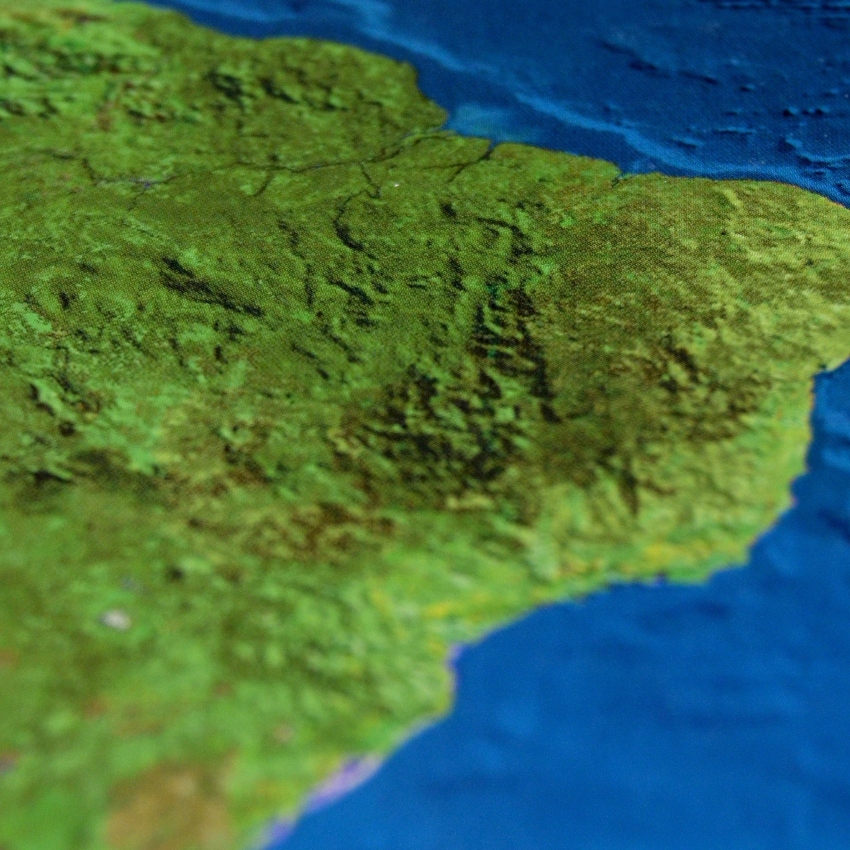Latin America went through an exponential e-commerce boom during the pandemic, where online shopping became a habit for thousands of new consumers, totaling 25 million e-shoppers in the region’s six main markets.
Going through major digitization processes in all its most important countries for e-commerce — Brazil, Mexico, Colombia, Chile, Peru, and Argentina, in order — even before 2020, Latam has already established itself as one of the most exciting regions for businesses in the world.
And now, with huge vaccination rates, stabilizing economies, and recovering markets, we can start looking at the permanent changes that happened in the last few years and what’s to come in the near future, with Latin American now even more digitized.
So keep reading to understand more about the perspectives and opportunities for merchants selling to Latam, with exclusive data from PagSeguro’s Digital Renaissance in Latin America white paper. Enjoy!
More and more Latam online shoppers
A huge consequence of 2020’s need for social isolation was that online shopping became a daily occurrence for many Latin Americans. Many consumers made their very first online purchases during the pandemic, while people who already did so started buying more and more frequently through e-commerce.
This ties with Latin American consumers’ openness to innovation, digital shopping experiences, and other aspects that make them perfect audiences for online merchants. After all, they like to follow trends, and enjoy product and pricing variety, being eager to find domestic or foreign merchants with innovative approaches to buy.
Latam’s accelerated pace of digitalization, rapid adaptation, innovative scenario and growing demand make the region a strong investment opportunity, where online sales increased by 35% in 2021 alone, with expectations of reaching $ 646 billion by 2025. In its six main markets, the region has over 256 million online shoppers.
Cross-border sales once again on the rise
Like in other parts of the world, the pandemic heavily impacted cross-border e-commerce throughout Latin America in 2020 and 2021. The heavy restrictions, supply chain issues, and local currency depreciation across most Latam countries led cross-border shopping in the region to remain almost flat in comparison to 2019, hovering around $ 29 billion in 2020.
In the meantime, Latin American domestic e-commerce grew by 121% during this time, skyrocketing to $ 180 billion. Now, however, the “new normal” includes a scenario where cross-border e-commerce rises even faster than domestic sales. While domestic sales are expected to grow by 24% per year, the cross-border volume should rise 34% per year.
As Latin American consumers get more and more used to online shopping, they also start to be more innovative in their choices, becoming more comfortable with cross-border merchants and longer delivery times. As more cross-border sellers start to enter the Latam market, by 2025, foreign sales in the region should total $ 95 billion.
Recovering markets bring new opportunities
During 2021, a recovery year, Latin America’s GDP grew 6.4%, offsetting the 2020 reduction and taking the economy back to pre-pandemic levels. Boosted by this and tied to vaccination campaigns that helped the population resume habits such as traveling abroad and working more frequently from the office, sectors started to get back on track and adjust to the “new normal”.
While online sales are not growing as fast as they did during the pandemic, they did get into a stable, sustainable rise, since consumers have gotten used to many of the new habits acquired in 2020 — buying everything online; working and taking classes from home; consuming more digital entertainment; and more.
Retail
The sector grows at a 25% rate per year, going from $ 129 billion to $ 326 bi by 2025. After all, even recovering well from the pandemic, Latin Americans have already created the habit of buying everything online, from electronics and furniture to groceries and clothing, as we’ve stated above. In Latam, international merchants find a consumer base with a high appetite for finding better prices and product variety, thus very willing to shop internationally for that.
Travel
One of the segments that suffered the most from the pandemic, a period when Latin American consumers exchanged airfare and hotels for domestic travel and Airbnbs. On the other hand, this represents an opportunity for merchants to develop emerging travel hubs outside traditional destinations.
As customers resume international travel, new challenges faced by the sector include the rise of fuel prices and devalued currencies, which make travel especially costly, thus hindering total volume growth. Even then, the segment should rise to $ 65 billion in 2023, compared to 2022’s volume of $ 50 bi.
Digital goods and services
The segment saw a significant increase in the last few years, especially in entertainment (mostly streaming and online gaming) and online education, habits that continue for many Latin Americans even after the pandemic — albeit with slower increase rates, for reasons we’ve explained above. The next few years still look bright, as digital goods can expect considerable sales growth at least until 2025 before starting to face possible decreases.
For many millions of Latin Americans that live far from the region’s biggest cities, access to high-quality entertainment and/or educational services can be limited, making them interested in online options even in a “new normal” scenario. Thus, Latam should still be a prime market for foreign merchants of the digital goods segment to tap into.
“New normal”, new challenges
In 2020, and at a lesser urgency also in 2021, companies either adapted to the online world or suffered tremendous losses. So what’s to come now, in a “post” pandemic scenario? Sales growth will not be as significant and explosive as in the last few years, but as we’ve shown, there is still plenty of room for rising, successful businesses in Latin America.
With more mature e-shoppers, Latin America’s market becomes more competitive: consumers know precisely what they want, and if one store does not offer that, they will simply seek another — this is not only regarding product or pricing, but also other elements, such as payment options.
After all, the pandemic didn’t only change shopping habits, but also payment habits. Instant payments boost the rise of bank transfers, with Pix being the fastest growing method in Brazil, and Botón PSE representing 40% of all e-commerce sales in Colombia.
So keeping up with market trends and also with payment trends is fundamental to reach success in Latin America and make the most of the region’s potential. To learn more about local payments, their role in Latin American business, and how to offer them, click below to talk to us and understand how PagSeguro can help you in this journey:





